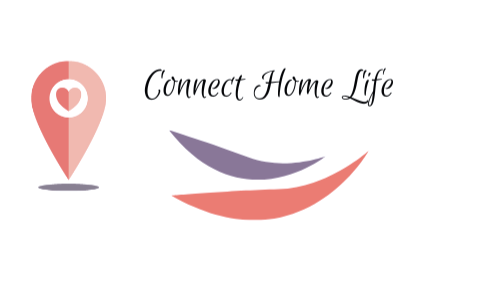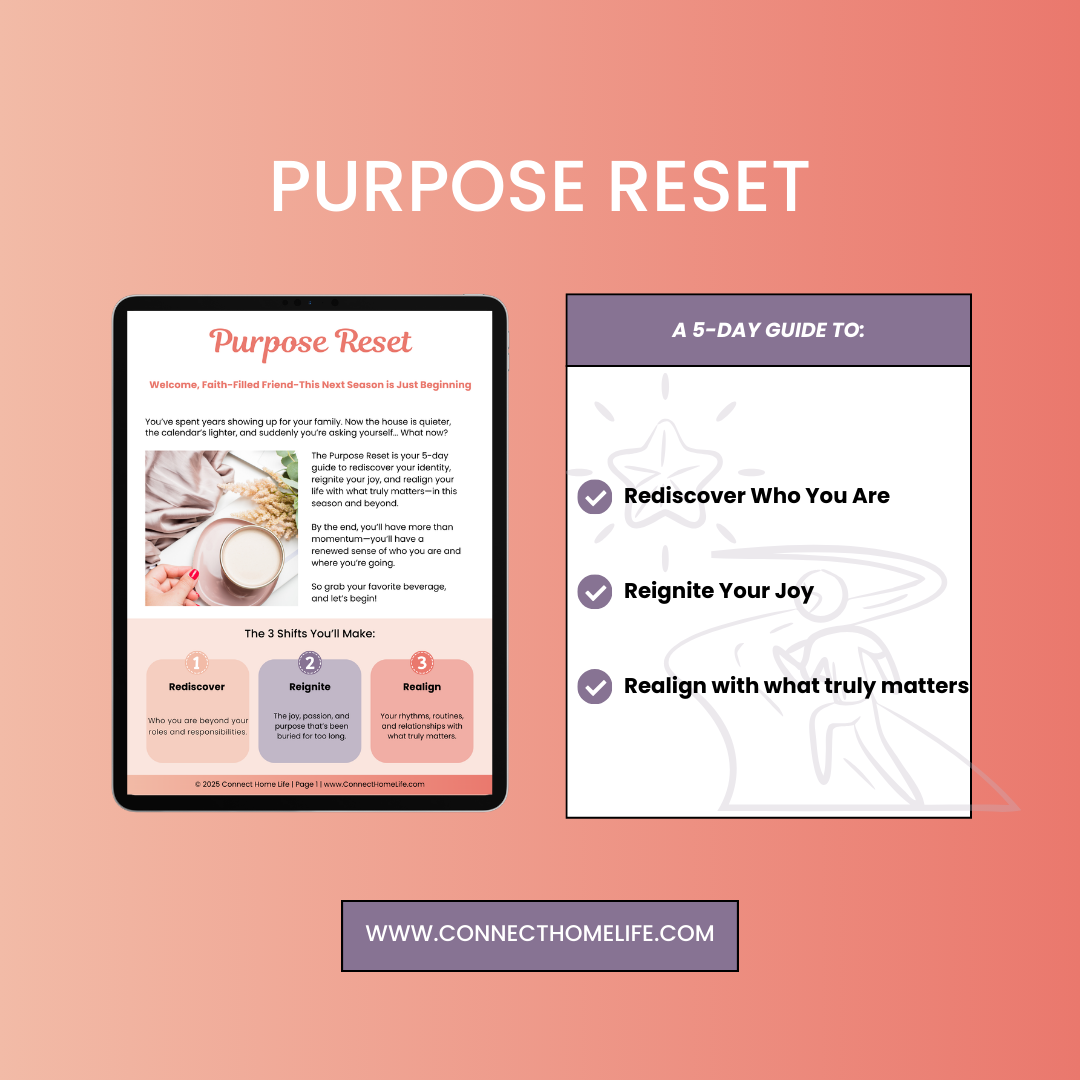➡️Midlife Moms: Debunk Pain Myths Now, Boost Resilience
Aging often comes with its share of challenges, one of which is the increased likelihood of chronic pain. Yet, contrary to popular belief, managing pain as we age does not mean "dealing with it." Instead, a multifaceted approach can make a significant difference, allowing us to live fully and with less pain. (1)
By debunking these myths, we empower ourselves to take control of our health and well-being. Let's explore some myths surrounding chronic pain and aging and look at strategies to help us overcome them. From lifestyle adjustments to alternative therapies, these tactics are practical, accessible, and, most importantly, effective for reducing chronic pain and improving the quality of life. This knowledge gives us the power to shape our own health journey. (2)
Myth #1: "Pain is inevitable; just accept it."
For many, pain seems to be a given as we age. This misconception often leads to passivity, where people give up the activities they love or avoid finding solutions. But pain doesn't have to define our later years.
Combat Strategy: Active Management through Lifestyle Adjustments
Pain is not something we have to accept as we age. Instead, we can take active steps to reduce pain and improve mobility and resilience. Here's how:
Exercise & Movement
Regular physical activity may feel intimidating, especially when dealing with pain, but movement is one of the most effective ways to combat it. Walking, water aerobics, and yoga improve circulation, strengthen muscles, and relieve joint stiffness. Endorphins, the body's natural pain relievers, are also released during exercise, providing physical and mental relief. Moving regularly keeps the joints and muscles from stiffening, which can lead to even more pain down the line. (3)
Action Tip: Start small with activities like gentle stretching or short walks, gradually increasing intensity. A local fitness class or online program can provide extra guidance and motivation.
Physical Therapy
Physical therapy provides targeted pain relief by working directly with areas causing discomfort. A physical therapist can create a personalized exercise routine that addresses specific areas, helping to improve mobility, flexibility, and strength. Unlike one-size-fits-all approaches, physical therapy tailors movements and stretches to your body's unique needs, vital for effective pain management. This personalized approach ensures that your unique needs and challenges are understood and addressed.
Action Tip: Consult your healthcare provider about a referral to a physical therapist. Sessions typically start with assessing your pain and limitations, followed by a plan of action that you can practice at home. I'm currently undergoing physical therapy on my hip. I've relied on an incredible physical therapy team who have helped me overcome pain in different parts of my body. Please let me know if you want to learn more about my experience. I'd be happy to chat with you about my go-to therapy team!
Nutrition for Pain Relief
Chronic inflammation often exacerbates pain, but a diet rich in anti-inflammatory foods can help. Foods like leafy greens, berries, fatty fish, and turmeric contain antioxidants and other compounds that help reduce inflammation and support joint health.
Action Tip: Incorporate a "rainbow" of vegetables and fruits into your meals, aiming for variety. Berries in a morning smoothie or a handful of leafy greens at lunch and dinner can be simple, practical additions to your daily routine.
Boost Health: Add Color to Your Diet Now!
Natural Solutions: Essential Oils and Supplements
Essential oils and natural supplements are powerful tools for supporting overall wellness. For example, incorporating essential oils like peppermint and lavender can promote relaxation and ease occasional tension. Additionally, dōTERRA's Lifelong Vitality Pack, a comprehensive dietary supplement, includes crucial vitamins, minerals, and omega-3s and has been a game-changer in my routine. With these supplements, I've experienced greater energy, stamina, and less discomfort in daily activities, helping me stay active and resilient. The Deep Blue Stick, a targeted topical analgesic with essential oils, is a convenient option to soothe sore muscles after exercise or a long day. These natural solutions provide relief and comfort, making the journey to wellness more manageable.
Action Tip: Start with a simple wellness routine by adding an essential oil blend that fits your needs and a daily supplement like the Lifelong Vitality Pack. These can support both body and mind, providing critical nutrients for energy and promoting joint and immune health. Remember to consult your healthcare provider when making changes to your supplement routine. If you want to learn more about doTERRA’s natural products, please get in touch with me today!
Featured Products:
Myth #2: "You're too old to make a real change."
Another common myth suggests that it's too late to make meaningful changes that impact health and well-being, especially concerning pain. But age is no barrier to improvement—mindset and small, consistent actions are the keys to managing pain and reclaiming quality of life.
Combat Strategy: Embracing a Growth Mindset and Learning New Approaches
A growth mindset can transform how we approach aging and pain management, emphasizing that learning and progress are possible at any age.
Mind-Body Techniques
Techniques like mindfulness meditation, deep breathing, and progressive muscle relaxation play powerful roles in pain management. By calming the nervous system, these practices reduce stress hormones that can intensify pain. Mindfulness practices teach us to focus on the present moment rather than becoming overwhelmed by discomfort, reducing pain perception.
Action Tip: Begin with a short meditation session each day or use guided apps designed for beginners. Even 5 to 10 minutes daily can help lower stress levels and reduce pain intensity.
For more Mindset and Health articles, such as Blossom Now: From Wilting to Thriving!, see the Life section of our website under Blog Articles.
Learning New Coping Techniques
Cognitive Behavioral Therapy (CBT) is one of the most effective ways to manage chronic pain. This form of therapy helps reframe negative thoughts around pain and introduces coping mechanisms that reduce its emotional and mental impact. Through CBT, many people discover that they can change how they react to pain, making it less disruptive in their daily lives.
Action Tip: Ask your healthcare provider if they offer referrals to therapists trained in pain management techniques, particularly those who practice CBT. Many therapists provide virtual sessions, making this treatment option accessible from home.
Hydration and Sleep
Staying hydrated and prioritizing sleep are two simple habits with significant impact. Dehydration can worsen inflammation, and poor sleep can worsen pain perception, leaving us more sensitive to discomfort. Quality sleep helps the body repair itself and can reduce the experience of chronic pain over time.
Regular check-ups are a proactive step in managing chronic pain and can help ensure you're on the right track. Action Tip: Set a regular sleep schedule, limit caffeine after noon, and keep a glass of water nearby throughout the day. For maximum recovery benefits, aim for at least seven hours of sleep each night.
Myth #3: "This is just a new normal."
Sometimes, after experiencing pain for an extended period, we begin to view it as an inevitable part of life. However, chronic pain doesn't have to be accepted as "normal." Instead, a proactive approach can help you reclaim your sense of wellness and resilience.
Combat Strategy: Building a Supportive Routine for Pain-Free Living
By building a supportive routine that includes therapies, support, and regular health check-ups, chronic pain can often be minimized, making way for a vibrant and active lifestyle.
Alternative Therapies
Acupuncture, chiropractic care, and massage therapy are all effective alternative treatments for chronic pain.
These therapies target pain points, increase blood flow, and relieve muscle tension. Unlike medications, which can come with side effects, these treatments provide natural pain relief and complement other pain management strategies.
Try alternative therapies. A massage is relaxing!
Action Tip: Try a session of one of these therapies and note how your body responds. Many practitioners offer initial consultations to discuss a tailored plan for your pain areas.
Regular Pain Monitoring & Support
Keeping a pain journal is a valuable tool for chronic pain management. Tracking triggers, patterns, and effective treatments can help you better understand and manage your pain. Additionally, support groups (in-person or online) provide both practical advice and emotional support, helping you feel less alone in your pain journey.
Action Tip: Start by jotting down daily pain levels, activities, and daily dietary choices. Review your notes weekly to find patterns, then discuss these with your healthcare provider to adapt your treatment plan as needed.
Regular Check-ups
Many people only check in with healthcare providers if absolutely necessary. However, consistent monitoring allows for early intervention, and healthcare professionals can help adapt your pain management strategies as needed. Regular check-ups ensure that pain isn't a sign of a larger issue and keep your treatment plan effective.
Action Tip: Schedule routine appointments to discuss any changes in pain or symptoms, even if they seem minor. With your doctor's guidance, you can stay proactive and avoid worsening pain.
Schedule regular checkups with your healthcare provider
Living Well with Less Pain
Chronic pain doesn't have to be a defining feature of aging. With lifestyle adjustments, a positive mindset, and regular support, it's possible to reduce pain and live more fully. The multifaceted approach to managing chronic pain—one that tackles myths head-on—empowers us to thrive at any age. Whether through movement, nutrition, therapy, or support, the strategies we've discussed can help restore a sense of freedom and enjoyment, making aging a season to look forward to, not dread.
References
Modern Zen. (n.d.). Why Investing in Our Health and Wellness is Crucial as We Age. Retrieved from https://modernzen.org/why-investing-in-our-health-and-wellness-is-crucial-as-we-age/
Conflict Blotter. (n.d.). Health Archives. Retrieved from https://conflictblotter.com/health/
The Practical Bard. (2021, April). Mind-Body Techniques for Pain Management. Retrieved from https://practicalbard.blogspot.com/2021/04/
“Our mission: Navigating change with faith, inspiring connection, passion, & purpose. ”


























